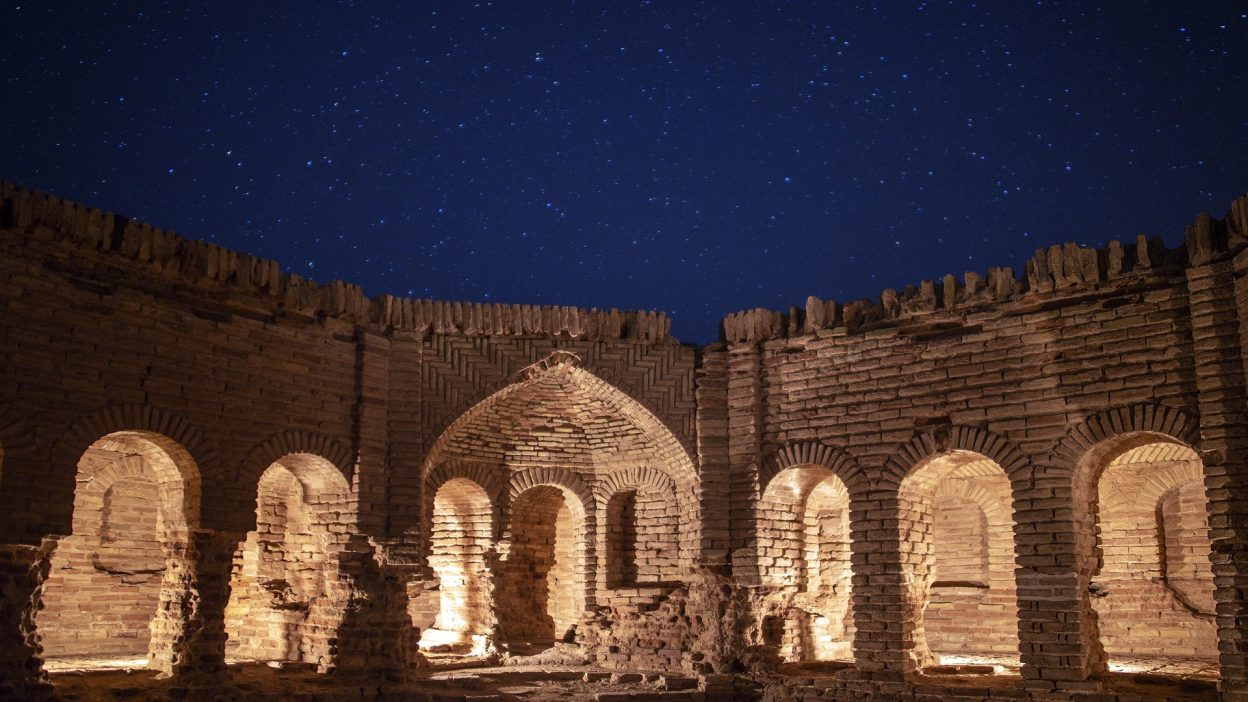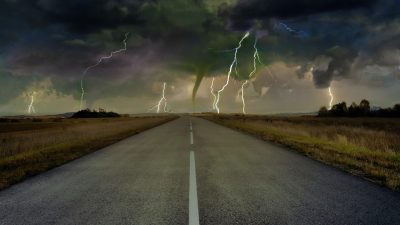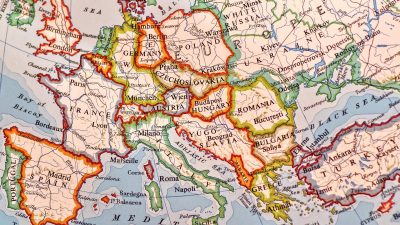Unseen Failures, Untold Losses – How Iran’s Vulnerability Was Exposed
The 1981 Golbaf Earthquake was a seismic event that profoundly impacted the lives of thousands of Iranians. When the ground trembled with a magnitude of 6.9 on the Richter scale, vast sections of the city of Golbaf were obliterated, leaving destruction in its wake. This disaster not only physically altered the landscape but also exposed the vulnerabilities of a city unprepared for such a devastating blow.
The aftermath revealed the extent of the damage – lives lost, homes destroyed, and the city left in chaos. The events following the earthquake highlighted the significant gaps in infrastructure, preparedness, and emergency response, raising questions about whether more could have been done to prevent or lessen the tragedy.
The Hidden Aspects of the 1981 Golbaf Earthquake
Although the Golbaf earthquake is widely recognised for its immense physical toll, several lesser-known factors influenced the disaster’s aftermath. A major issue was the lack of preparedness from both the government and local authorities. Despite the region’s known vulnerability to seismic events, few measures had been taken to reinforce buildings or develop comprehensive disaster management strategies.
As the quake hit, the response from the government was slow, and resources were not immediately mobilised to assist the affected population. This delay resulted in significant frustration and confusion among the survivors, many of whom felt abandoned in their time of need. This lack of action remains a point of contention, especially considering the magnitude of the earthquake and the dire consequences it entailed.
Shattered Lives: The Silent Consequences of the 1981 Golbaf Earthquake
- Psychological Scars: The Trauma Beyond the Physical Damage
The earthquake left emotional wounds that lasted far longer than the physical damage. Survivors faced not only the grief of losing loved ones and homes but also the mental anguish of living in constant fear of future earthquakes. The trauma was deep, affecting not just the immediate victims but also future generations who were exposed to the aftermath. - Ongoing Struggles: The Long-Term Impact on Families and Survivors
For many, the earthquake meant starting from scratch. Families had to rebuild their lives from the ground up, with many displaced for months or even years. The economic costs were immense, and the emotional toll was just as significant, as families navigated life without their homes, facing uncertainty about their future. - The Forgotten Voices: Stories That Went Unheard
In the immediate aftermath, much of the focus was on the visible damage and the most dramatic stories of survival. However, many survivors faced a quieter, prolonged battle in the shadows. Their stories of loss, survival, and rebuilding often went unreported, overshadowed by the larger-scale narratives of destruction.
Why the 1981 Golbaf Earthquake Was Far More Destructive Than Initially Assumed
- Fragile Infrastructure: A Disaster Waiting to Happen
The damage caused by the earthquake was exacerbated by the fragility of Golbaf’s infrastructure. Most buildings were not designed to withstand the force of a significant earthquake, and many collapsed upon impact. The lack of construction standards aimed at seismic resilience meant that even moderate tremors could cause catastrophic damage in an area like Golbaf. - Geographical Factors: Golbaf’s Vulnerability to Seismic Activity
Golbaf lies in a region that is highly prone to seismic activity, with fault lines running beneath the area. This made the city particularly susceptible to earthquakes. While the region’s risk was well-known, there were few measures in place to mitigate the damage when an earthquake finally struck, leaving the city exposed. - Could Modern Technology Have Reduced the Impact?
Given the advancements in earthquake prediction and early warning systems since 1981, it’s likely that modern technology could have provided some level of forewarning. In 1981, however, the science wasn’t as advanced, and the lack of an early warning system contributed to the high death toll and widespread destruction.
The Response to the 1981 Golbaf Earthquake: Was It Enough?
In the wake of the earthquake, the response from both local and national authorities was slow. The immediate relief efforts were disorganised, leaving many survivors without basic necessities for extended periods. The delay in providing aid and resources compounded the devastation, leaving those affected by the quake struggling to survive in the face of overwhelming adversity.
Despite the arrival of international assistance, it was clear that the resources provided were insufficient to meet the vast needs of the survivors. The lack of an effective and coordinated response highlighted significant flaws in Iran’s disaster preparedness system, underscoring the need for a more robust approach in future crises.
Could the Devastating Impact of the 1981 Golbaf Earthquake Have Been Avoided?
- Earthquake Science: What Was Known at the Time?
While experts knew that Golbaf was in a seismically active area, the technology and understanding available in 1981 were not sufficient to predict the exact timing or intensity of the earthquake. However, better monitoring and preparedness could have reduced the severity of the disaster. - Building Codes: Could Stronger Standards Have Prevented the Damage?
One of the key factors that contributed to the widespread destruction was the absence of strict building codes designed to withstand earthquakes. Had the city’s buildings been built to higher seismic standards, the death toll would likely have been lower, and the damage less severe. - Lessons from Other Countries: How Have They Prepared for Similar Disasters?
Countries like Japan have since implemented strict building regulations and early warning systems, which have significantly reduced the impact of earthquakes. Had Iran adopted similar measures, it is possible that the Golbaf earthquake could have had a less catastrophic effect, saving both lives and resources.
Remembering the Victims: The Legacy of the 1981 Golbaf Earthquake
The devastation left by the Golbaf earthquake is still felt today, with the survivors and the families of those who perished in the disaster continuing to remember the event. Despite the challenges of rebuilding, the resilience of the people of Golbaf shone through as they worked tirelessly to rebuild their lives and their city.
Today, efforts continue to honour the victims, and the lessons learned from the tragedy are being used to improve Iran’s disaster response strategies. The earthquake remains a powerful reminder of the importance of preparation, resilience, and the human cost of natural disasters.
5 Short FAQs
1. How many lives were lost in the 1981 Golbaf earthquake?
Around 3,000 people tragically lost their lives, and thousands more were injured in the disaster.
2. What was the magnitude of the earthquake?
The earthquake had a 6.9 magnitude, making it a significant seismic event in the region.
3. Why was Golbaf so susceptible to the earthquake’s impact?
Golbaf’s weak infrastructure and location near fault lines made it especially vulnerable to the quake.
4. Did Iran receive international aid after the earthquake?
Yes, international aid did arrive, but it was insufficient and slow to reach those in need.
5. What were the key lessons learned from the 1981 Golbaf earthquake?
The earthquake underscored the need for better building standards and improved disaster preparedness and response systems.
References:
“1981 Golbaf earthquake”
“Field and teleseismic observations of the 1981 Golbaf–Sirch earthquakes”
“1981 Golbaf Earthquake”




